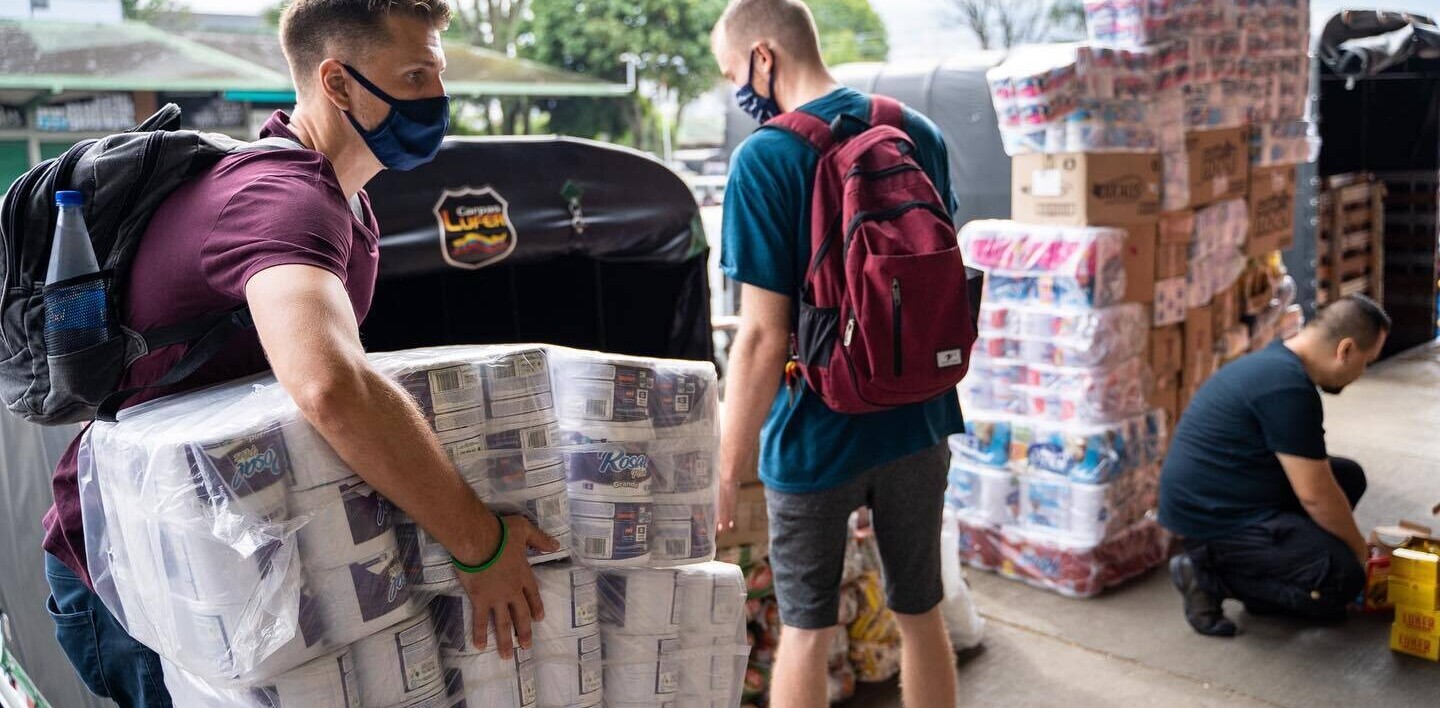
Generation Y is unique in many ways, including the fact that they’re choosing to invest in experiences over things. Instead of buying fancy cars and homes as soon as they get their first big payday, millennials invest in vacations, weekends at music festivals, and other adventures.
For businesses interested in engaging this valuable demographic, this trend brings great marketing opportunities. Chief Marketing Officers (CMOs) realize that consumers in their 20s and 30s want to leave the house and truly experience life. This is much more than attending parties and conventions, though. It’s about finding interesting ways to draw in those younger customers.
For experiential marketing campaigns, CMOs and Marketing VPs should carefully plan event-based marketing campaigns that help them connect with customers in fun, innovative ways. Then, using an experience relationship manager (ERM) like AnyRoad, brands can not only get insight into who participated in these experiences, but they can also start to measure the ROI on their experiential marketing efforts.
Here are some of the unique types of experience that can help bring more customers to your brand.
Classes and workshops
If you’ve ever been to a Lululemon, you may have seen the classes they offer. These classes are generally free, and they’re designed to be a fantastic way for customers to interact with the brand. The retail chain doesn’t just offer these courses as a community service. Marketers know that these in-person experiences will make them more likely to buy the items at the store. It’s a growing trend and as traditional retail is waning, many CMOs are working to build experiences that keep customers connected.
Even if you don’t have the built-in customer base of a big-box retailer, you can still use classes to introduce your products or services to people. The courses can either be directly or indirectly related to the items you sell, but the goal is to make sure at the end of the session, customers walk away with an increased awareness of what your business does.
If your products or services lend themselves to a hands-on workshop, make sure your session is useful to the customer rather than merely being a gimmick to promote what you sell. Make sure you’re measuring what you do to optimize your experiences and make sure it’s having a positive impact.
Unique adventures
Each year in locations around the globe, Red Bull wows crowds with Flutag, a term that means “flying day” in German. The intense competition invites attendees to create their own aircraft, which they then send off a ramp. The judges choose one winning team based on performance and personality, with social media fans choosing the other. This engages customers locally while also involving the wider consumer market online.
Taking inspiration from Red Bull, CMOs can create events that are just as unique. Flutag is an example of the excitement that a competition can generate among customers, as well as a demonstration of how brands can involve their social media audiences in the fun. When customers are eager participants, they’re also more likely to share with their own online followers, giving businesses a great way to spread the word about what they do without being overly salesy.
Tastings and samplings
In recent years, tours of food and drink establishments have become extremely popular. The big draw for many of these businesses is the tasting experiences they offer. A candy manufacturer may find customers flock there to sample its offerings, especially if it is located in a touristy area. Wineries have found samplings an important part of their guest experiences, with customers looking forward to it as a part of any vacation or weekend getaway.
Site tours
Some businesses are perfect for a tour experience. Look no further than your local brewery or distillery to see a perfect example of a tour through the manufacturing process, full with history, stories, and photos ops. Brands like Budweiser have been offering tours for years at their breweries to connect with fans and build brand champions.
These experiences serve as prime opportunities for businesses to gather information on their customers. Many other types of businesses can benefit from opening their doors to the public. If a company manufactures any type of product, local customers may be interested in getting a behind-the-scenes look at the process. Factories, warehouses, bakeries, and corporate headquarters could be ripe targets for customer tours, especially if they’re located in an area with heavy tourist traffic.
You can even interact with brands like the Golden State Warriors in a tour of Oracle Arena. It’s important that a tour engage each customer by letting them get hands-on experience with the process. This will take a tour from promotional to fun, leading participants to buy product and recommend the experience to others.
Brand experiences will only continue to be popular marketing tools for CMOs. The more creative brands can be in making those personal connections, the more likely they will be to make a lasting impression. Sales will go up and customers will associate the brand with the good experience they had.
Get the TNW newsletter
Get the most important tech news in your inbox each week.




